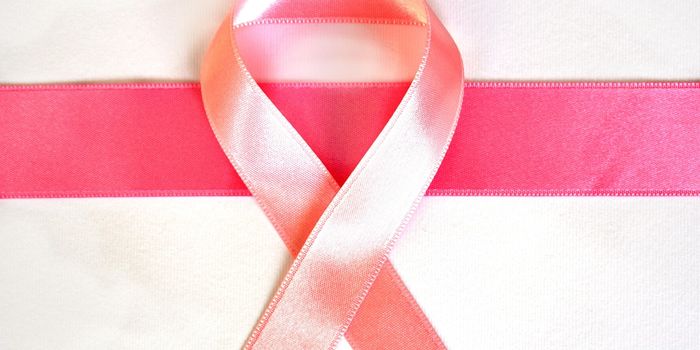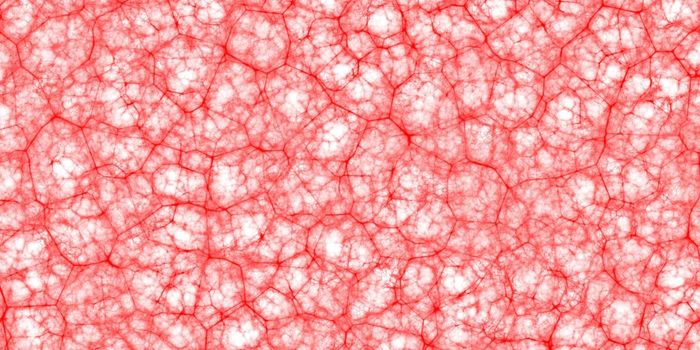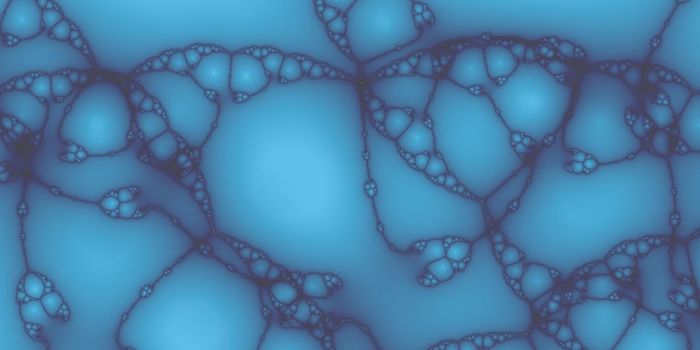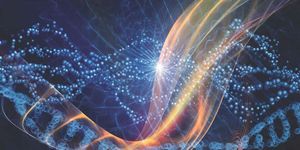Cells have a texture, and its specific qualities can provide important information about human health. UCLA's Amy Rowat studies cells, specifically exploring the potential revelations of their texture, with a focus on what the cell nucleus can teach us (http://www.universityofcalifornia.edu/news/squishiness-cancer-cells). Now an institution across town has yet another piece of the puzzle, which could enable researchers to understand the physical, as well as the chemical nature of cancer.

Specifically, according to an article in Futurity, which summarized a study published in Applied Physics Letters, tumor squishiness may help to determine the best way to treat cancer. Now a backpack-sized instrument can quantify this characteristic. Funding for the research came from the Office of Naval Research, the National Institutes of Health Director's New Innovators Award Program, and the National Defense Science and Engineering Graduate Fellowship program (http://www.futurity.org/device-cancer-tumors-925162/).
In general, more aggressive tumors are stiffer, but more research is likely to be needed. "The device leaves the sample completely undamaged, which allows researchers to still perform other tests on it," said Mark Harrison, a graduate student researcher at the University of Southern California (USC) Viterbi School of Engineering and lead author of the study.
The new measuring device, which uses fiber optics that are employed in telecommunications, "squishes a sample on top of the optical fiber, changing the polarization of the laser inside in a predictable way" and enabling researchers to calculate the degree of squishiness, according to the article. Instruments that could make the measurements had been large and needed calibration each time they were moved, explained Andrea Armani, associate professor and corresponding author of the study. She added, "Our device could be carried from hospital room to hospital room and doesn't need an engineer to operate it."
After Armani spoke to David Agus, professor of medicine and engineering who told her that squishiness had recently been tied to a tumor's aggressiveness, she was inspired to come up with an easy-to-use device for testing that parameter. As Dr. Agus said, "This advancement from Dr. Armani is so exciting, as we now have a new dimension of a tumor to measure. We are studying it together with Dr. Armani to help personalize and improve a cancer patient's care."
"Given how safe, stable, and accurate this instrument is, it could play a pivotal role in both diagnostic and research efforts, providing a rapid method for screening samples," Armani added. She and Harrison have applied for a patent and plan to work with Agus and the team at the Center for Applied Molecular Medicine to test it in a clinical setting. The researchers also want to create a more sensitive version of the instrument in order to map the squishiness across tumors.









